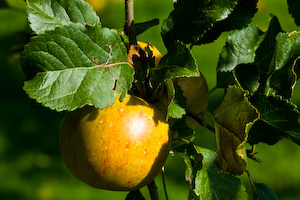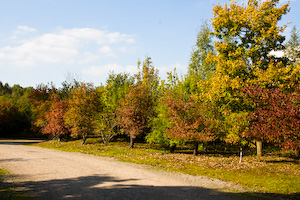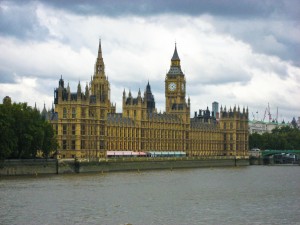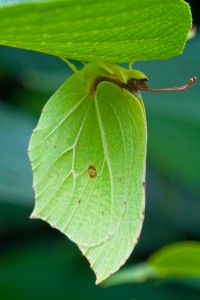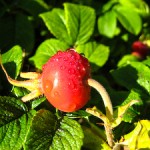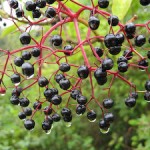I decided to pull on my waterproofs and go for a wander to the Country Park today. It has been a while since I have done much birdwatching, and, despite the rain, I felt the need to get out and about. I wasn’t expecting there to be much there, the Summer visitors will soon be going (if they haven’t already) and the Winter migrants are still in Summer mode.
For once it wasn’t windy, so I set up my ‘scope on the dam. The number of birds was quite impressive (it can often be pretty barren for such a large piece of water). To start with there were the terns, still patrolling up and down looking for fishing opportunities. This time, they were joined by some of the younger family members, constantly calling to each other, although it could be described more accurately as squawking. Watching them through the ‘scope, whilst not impossible (and not absolutely necessary as they do hunt close to the water’s edge) was difficult as the scoured the water, diving up and down.
More difficult to follow were the house martins and swallows, these careened around like crazies, swooping between the gulls that were bobbing about on the water. I sometimes thought they might get walloped by some of the larger gulls as they stretched out their wings, but I didn’t notice any casualties. From time to time a flock of black headed gulls would come streaming in, purposefully looking for their chosen place to land. I assume that they come here quite often, there was no circling round, deciding whether or not to land, they just headed in a line for the shore.
This was in marked contrast to the lapwing flocks that flew in. They wheel and circle around, making their characteristic peewit call, some dropping to land as they glide in, others turning away at the last minute as if they have changed their mind and have seen something they don’t like, only to do the same again a few seconds later, the flock gradually getting smaller until they have all put down at the edge of the water, or in the shallow margins.
Later in the year there may be some golden plovers in with the lapwing, they are often spooked when the lapwing go up in a great mass, but the plovers stand out. They catch the light (assuming there is some sun) and fly more purposefully than the lolloping flight of the lapwing, looking more like the flocks of waders that are often shown in strange formations on programmes such as Autumnwatch. At the moment there is a juvenile ruff (apparently) at the Country Park. I saw a bird that could have been the aforementioned wader, brown, wader shaped, beak probing the ground, a bit smaller than a lapwing, so I am going to assume that it was as described by more experienced (and fanatical birdwatchers than myself). This is a first ruff (although it was ruffless) for me.
One bird that I can recognise instantly however, which I have seen there only once before, was a little egret. I wasn’t expecting anything as exciting as this, the last time I saw one was at the end of October a couple of years ago, but in more or less the same place. I didn’t get a great view as it was across the water from me, but my scope did as good a job as possible, allowing me to follow it as it waded, fished and then rested, before going hunting again. It was near to a grey heron, so I got a very good impression of the difference in size of these two related birds. I watched it for some time, then felt that maybe I should watch the terns more, as they will be leaving soon, but then I was drawn back to the egret (it was, after all, only the third one I had seen). But was I missing anything else, there was a common sandpiper, but I have seen one of these and a lot of its green friends at Brandon Marsh, there was the ruff, but I couldn’t get too excited about a brown bird that I couldn’t have personally identified. No, I have to say, the egret was the highlight for me, its glowing white plumage certainly brightened the miserable, dull day.
